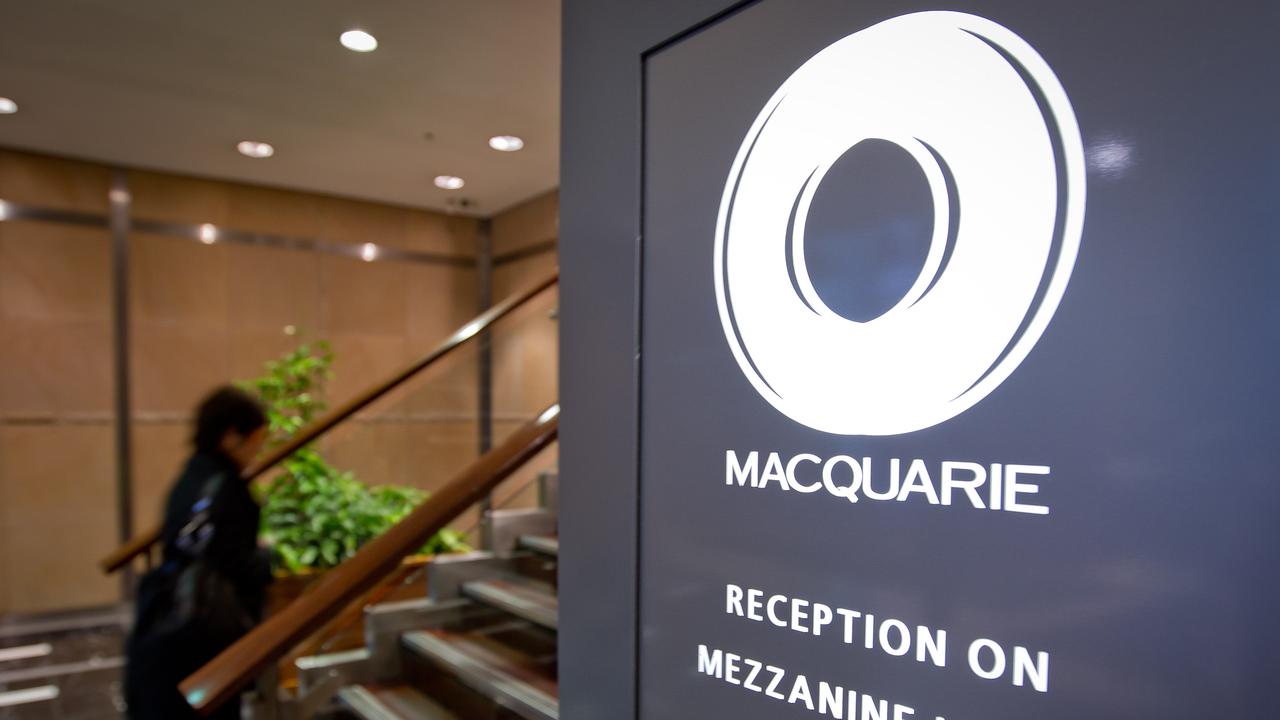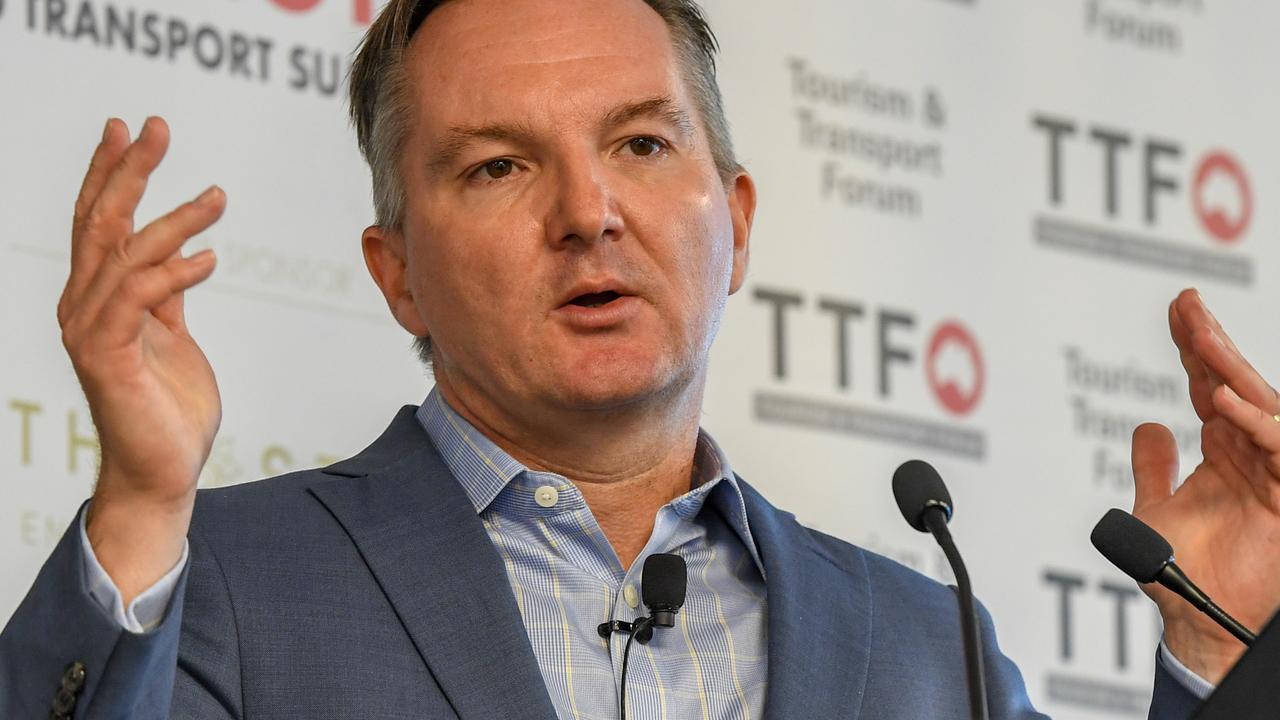
The outrageous US hedge fund plan to rob BHP Australian shareholders of part of their wealth and ship the Big Australian’s prime listing to London needs to be fought in the most vigorous ways possible.
There is real danger here. Australians are not fighting a mickey mouse opponent.
And the fact that a giant US hedge fund would attempt such an action on our largest non-banking company is a reminder that BHP, and indeed most Australian large companies, have in the past directed their communication to institutions and not to small shareholders partly because of the cost of access.
The internet changed the game but most of our companies have not yet responded.
Well before this hedge fund threat, I had the chance to brief BHP of my views on Australian small shareholder communication.
I was somewhat surprised that the company actually responded and began to muster small shareholder email addresses and start a shareholder blog to gain and respond to their questions.
If this becomes a public fight- as is likely — the fact that BHP began communicating with small shareholders before the threat will be an enormous asset.
BHP in Australia is owned only 30 per cent by retail shareholders and the 70 per cent balance is spread roughly equally between institutions based in Australia, the UK, the US and the rest of the world. In other words the BHP board has let ownership of its Australian company fall below 50 per cent.
Around the world 30 per cent retail is seen as normal but it is very low in the Australian context because, unique in the world, self-managed funds represent one third of the Australian superannuation movement. Once BHP’s smaller shareholders fully understand that they can communicate with the company like institutions the percentage ownership will rise.
But first let’s look at just how the Elliot Management Hedge Fund is proposing to transfer value from BHP’s Australian shareholders.
* The dual-listed BHP structure is divided between its Australian company and its UK company and in theory the shares have equal value. But they never have been equal. On market values shares in the Australian company are normally worth in the vicinity of about 10 per cent more than the UK one. Not surprisingly the US raiders want a one for one exchange---a 10 per cent value transfer. And they want BHP’s prime listing to be in the UK.
* The difference in the price between the two BHP companies is no accident. The Australian shares have more value than the UK shares. BHP shareholders in Australia get franked dividends. The UK company dividends receive no franking and all the group franking credits end up on the Australian company’s balance sheet because the UK shareholders under Australian law can’t use the franking credits. There is almost $10 billion in franking credits on the Australian company balance sheet which the raiders want to distribute to overseas shareholders who have no use for them. They are an important Australian asset .
* The plan to spin off the US oil assets and make BHP a London-listed company with secondary listing in Australia not only saddles BHP Australian shareholders with a wealth transfer but a huge tax bill.
* BHP is a company that tries to manage a resource business for the long-term shareholders. That’s why it’s such an important asset for long-term Australian investors.
The US hedge fund wants to trigger capital returns and buy backs as soon as BHP debt level falls to a specified level. In other words BHP is kept at a high rate of gearing. This sort of policy might be fine if you have stable income but, as Australians know all too well, commodity prices fluctuate dramatically.
Recently BHP did a stress test, which showed there was vulnerability to a severe commodity price reduction so it used some of its cash to buy back bonds.
That is exactly what it should be doing given the commodity business is a fluctuating one. If BHP is kept at a high rate of gearing by board statute it will almost certainly get into serious trouble on a major downturn----exactly what happened when past BHP boards became too adventurous.
But by then the hedge fund would have taken its short-term cash and run to the next play. Long-term superannuation shareholders and the nation would be left to suffer.
And you can’t always rely on Australian institutions. Some of the trustees of big superannuation funds have decided that investment policies should be cast around their personal views. Fund members are secondary. In the future, corporate boards may be forced to heel to these personal views, which is why every company should aim to be owned 50 per cent by retail shareholders including self-managed funds. BHP has made a good start but still has a lot of work to do as it learns from its first attempts.
But the fact that small shareholders have email addresses and internet access enables a low cost two-way communication system, just as there is for institutions. The small shareholder communications system should be equal with the institutional one.
Once BHP understand the needs of small shareholders it can market its prospects to people who have a much longer-term view of the stock than the short term oriented institutions.
Unfortunately the retail relationship may be put to the test much sooner than was envisaged last year.
And there may be a cultural problem for BHP directors to manage.
BHP treated its small shareholders badly when it did not offer them an entitlement to its US and sterling hybrid debt securities and then deliberately made it difficult for small shareholders to buy them.
The institutions were handed a gift (at least in US dollars) and have made good money that should have been shared.
Small shareholders will be the anchor by which BHP will stay safe and be a long term pillar of the Australian market.
* Footnote: I Have just learned that BHP chairman Jac Nasser is going to undertake a webinar on BHP with members of the Australian Shareholders Association. BHP is taking the next step. Well done Jac. You will discover a new world.






It’s time for Australians to stand up for BHP.